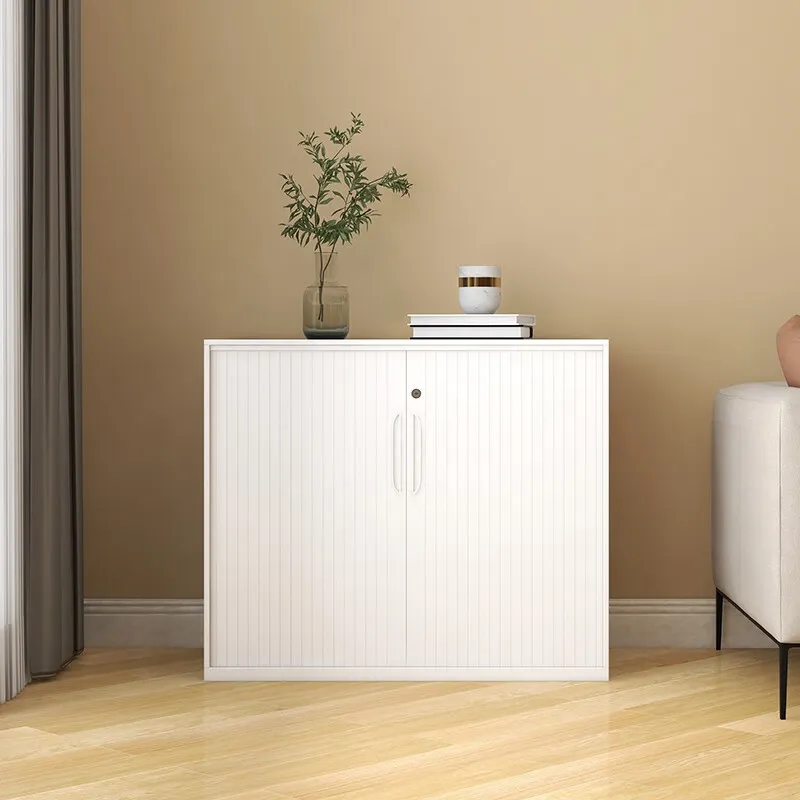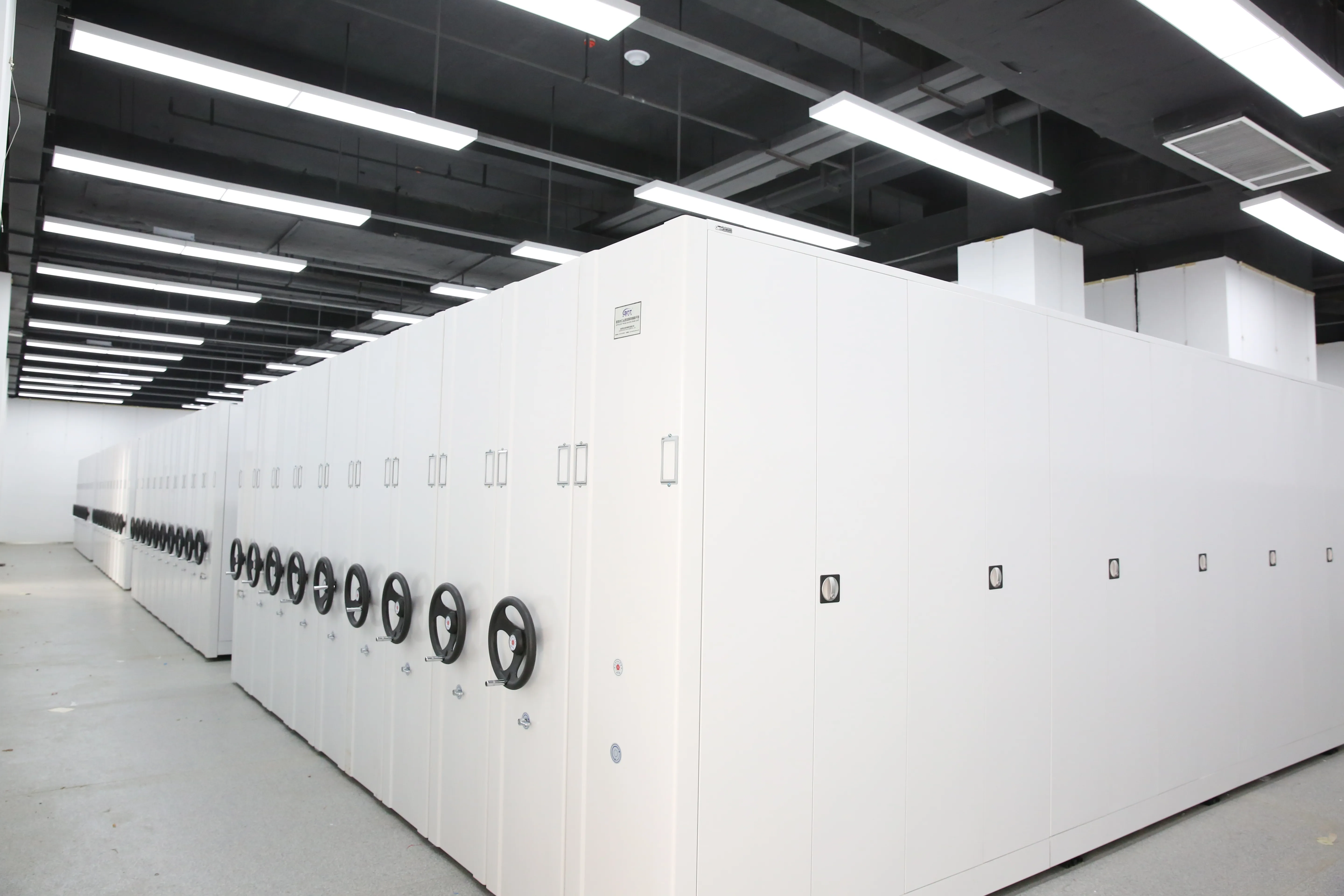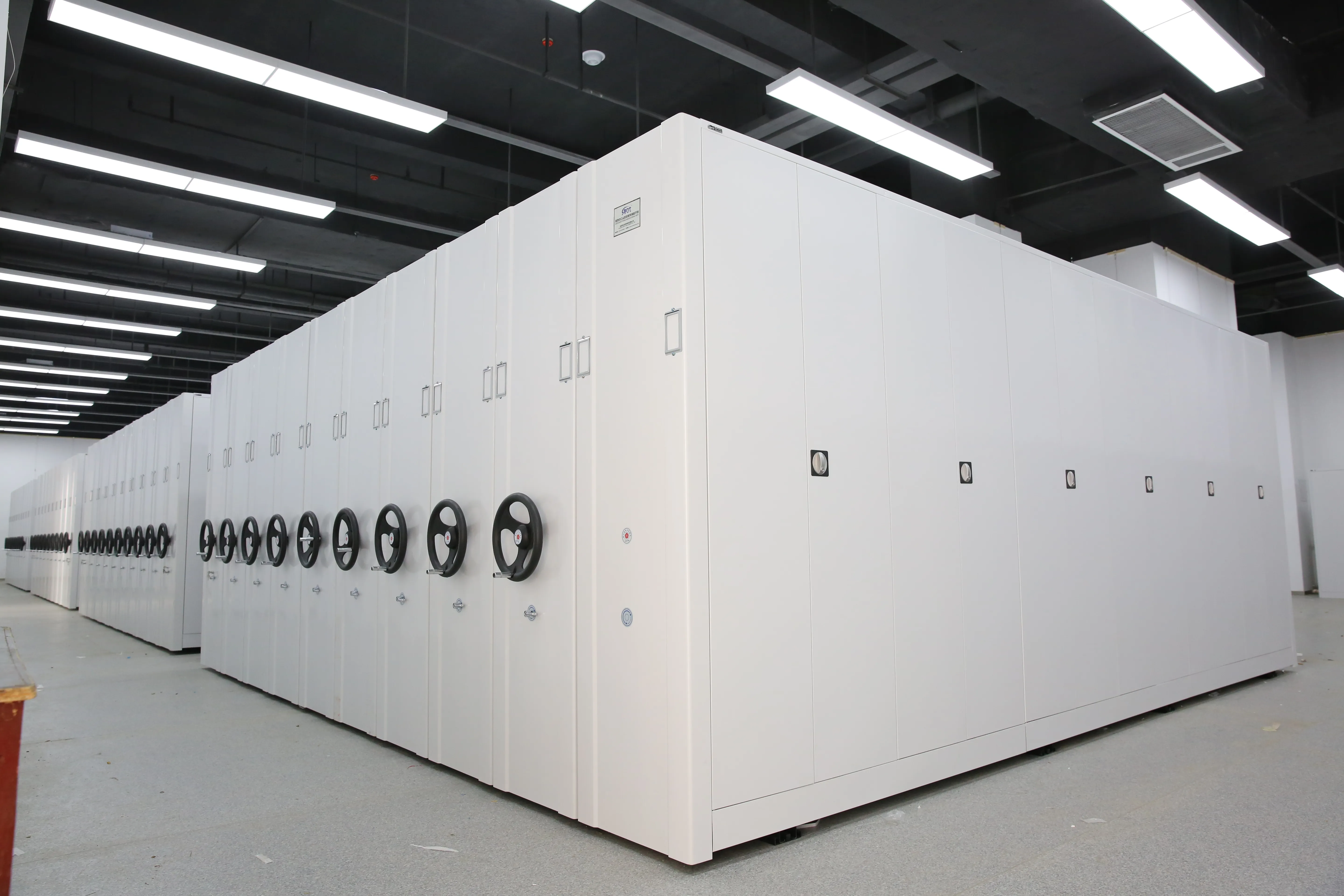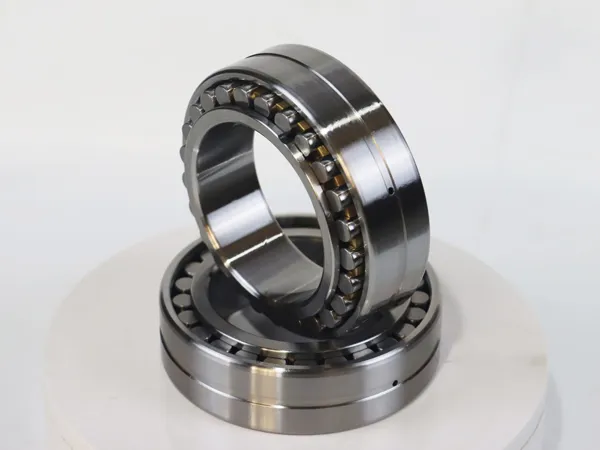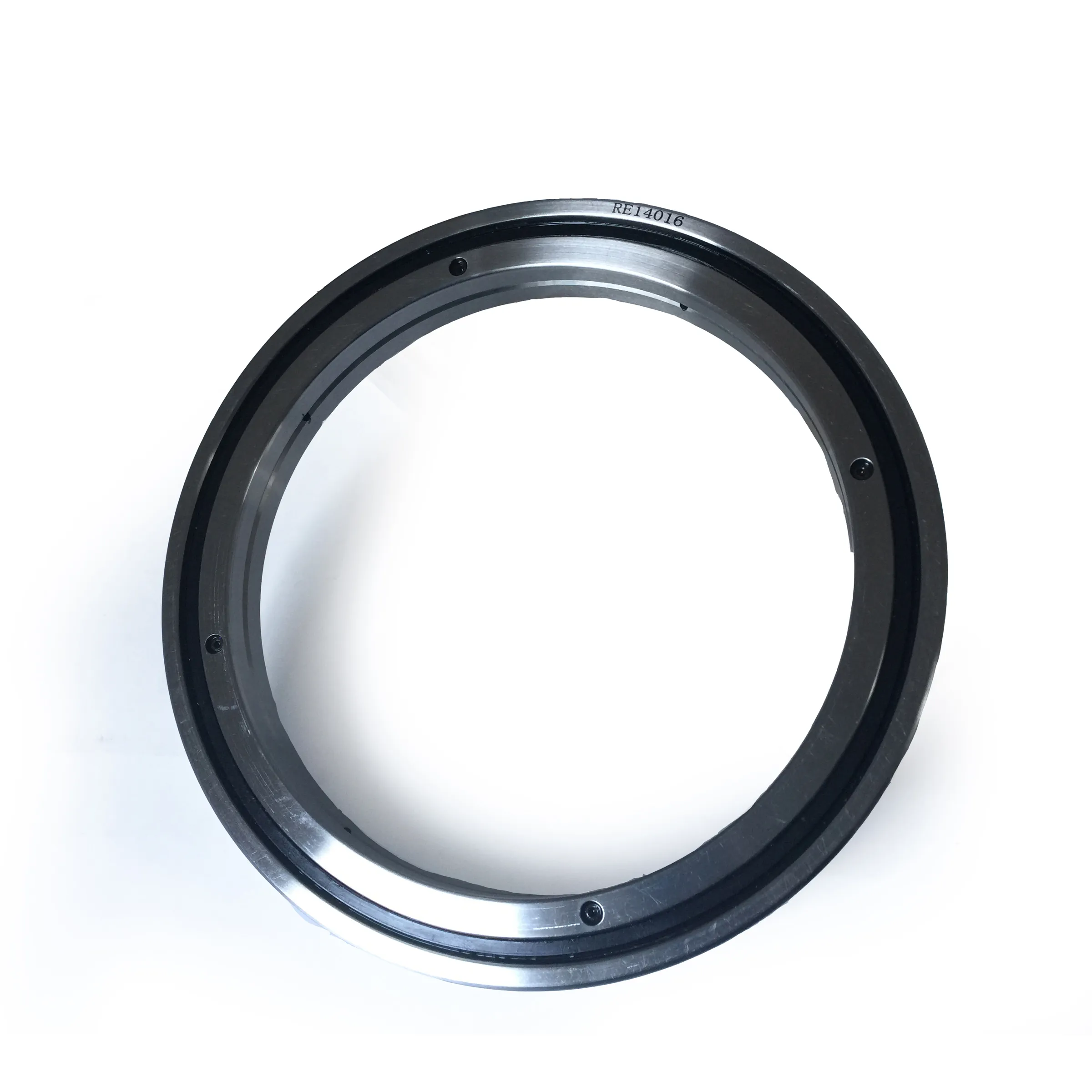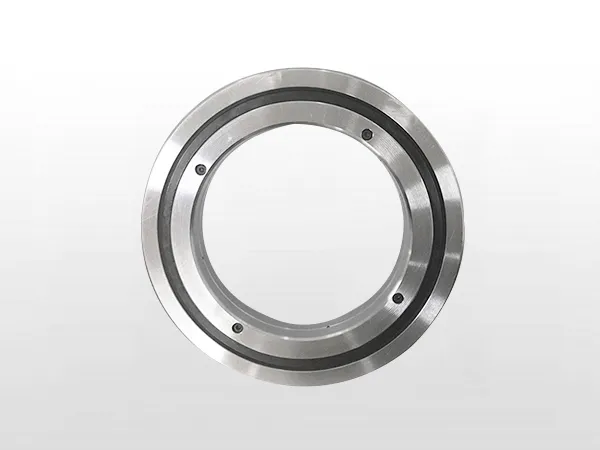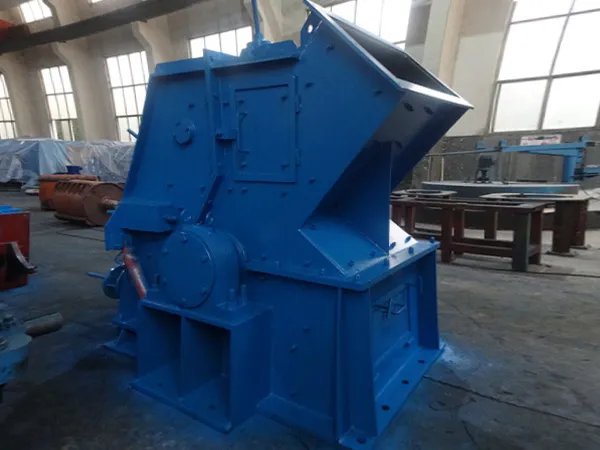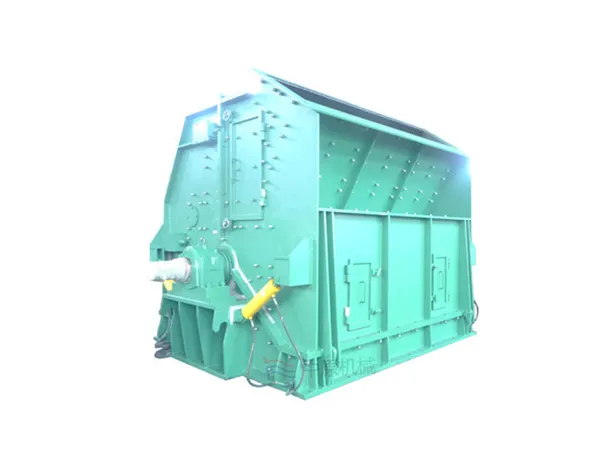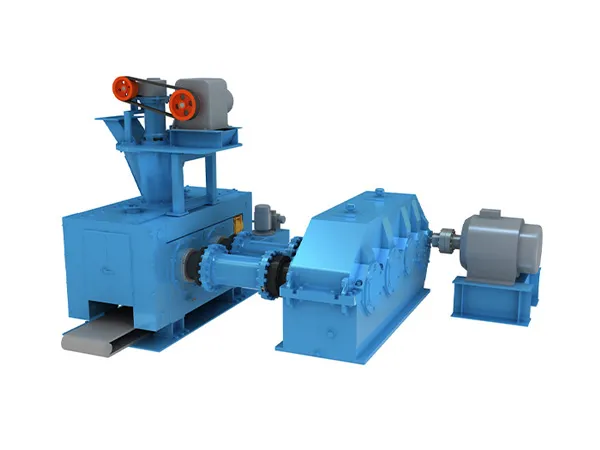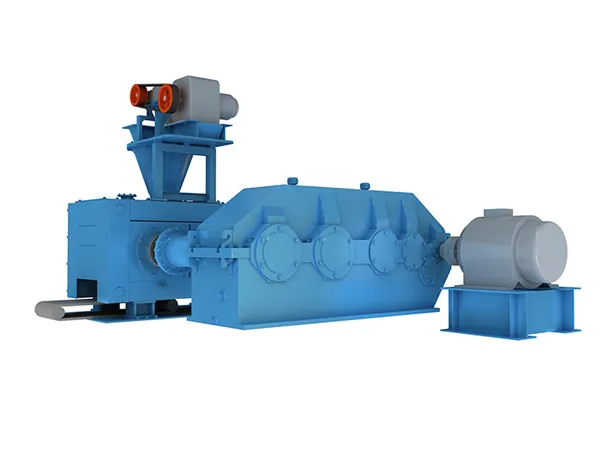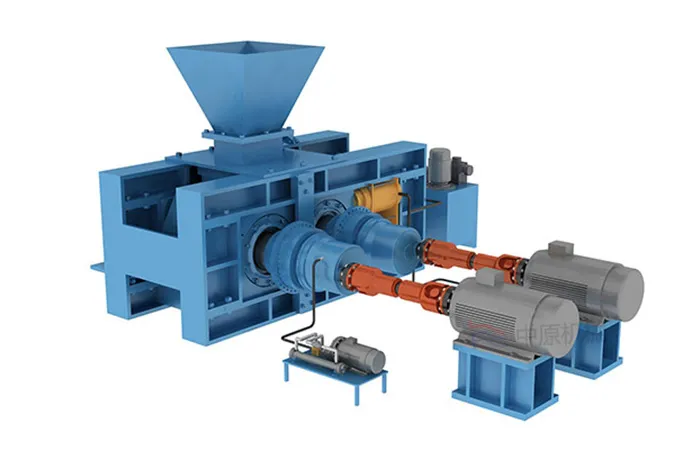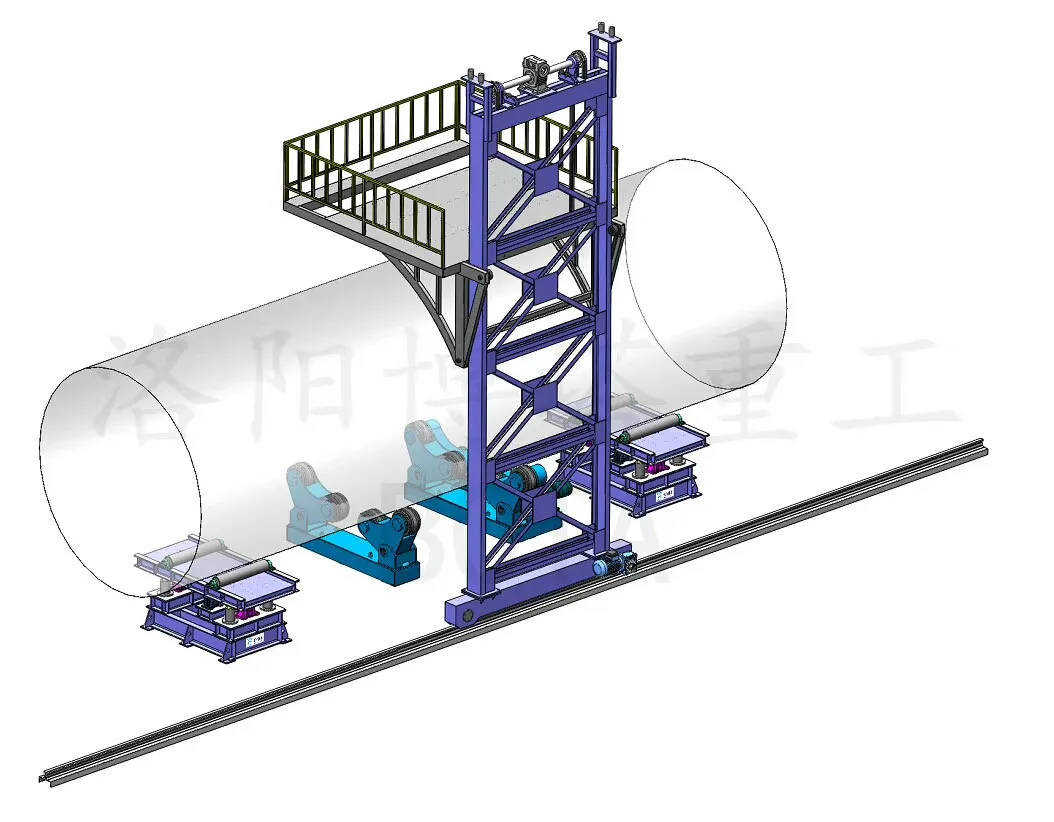Мебель для дома encompasses a wide range of items designed for use in homes to facilitate various activities, provide comfort, and enhance aesthetics.
Household furniture typically possesses a variety of features designed to fulfill functional, aesthetic, and practical requirements within a home. Here are some common features of household furniture:
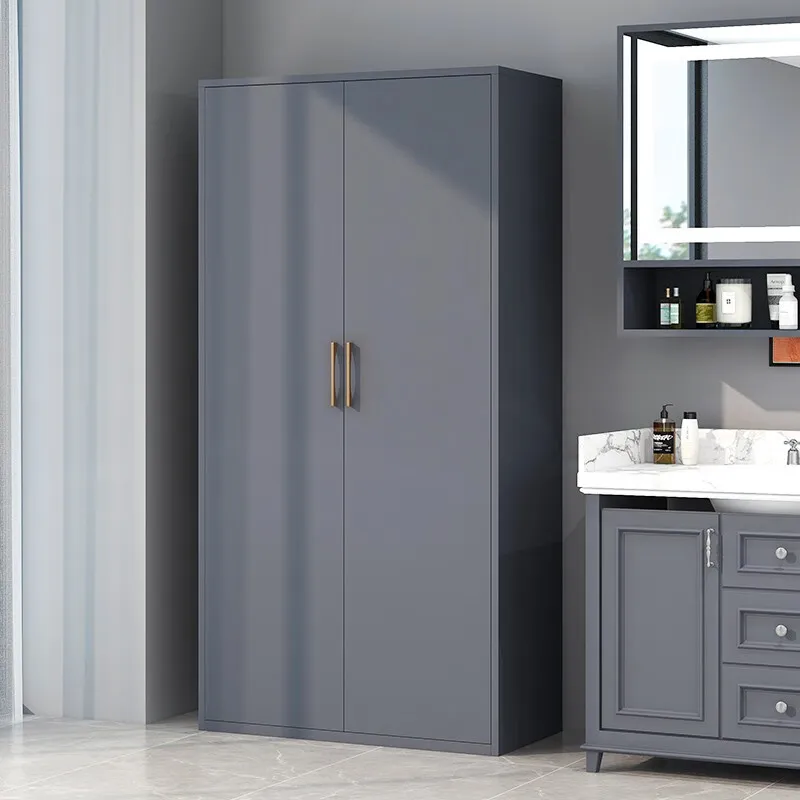
Функциональность: Furniture is designed with specific functions in mind, such as seating, sleeping, Хранение, dining, or working. Each piece is crafted to serve its intended purpose effectively.
Comfort: Comfort is a key consideration, especially for seating and bedding furniture. Ergonomic designs, cushioning, upholstery materials, and adjustable features contribute to comfort levels.
Долговечность: Well-made furniture is constructed from sturdy materials such as hardwoods, metals, or high-quality composites to withstand daily use and last for years.
Эстетика: Furniture contributes to the overall aesthetics of a home. Design elements such as shape, Размер, texture, and detailing are carefully considered to complement the style and decor of the space.
Универсальность: Some furniture pieces offer versatility in their design or functionality. Например, modular furniture can be rearranged to suit different layouts, while storage furniture may feature adjustable shelves or compartments.
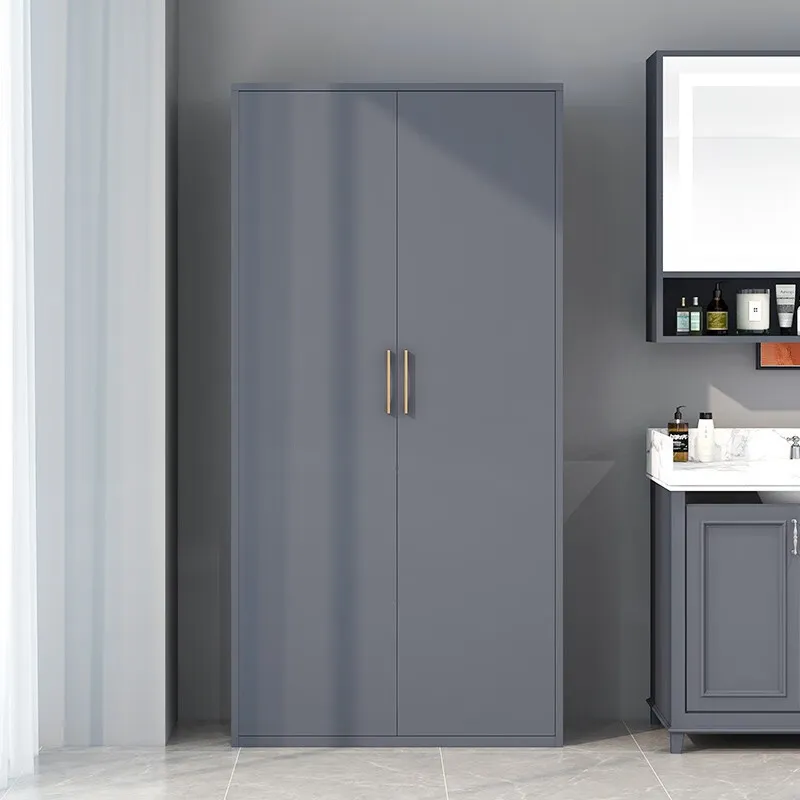
Space-saving: With the increasing trend of smaller living spaces, many furniture pieces are designed with space-saving features such as compact size, built-in storage, or multifunctionality.
Ease of maintenance: Furniture materials and finishes are chosen for their ease of maintenance and cleaning. Stain-resistant fabrics, durable finishes, and removable covers are common features that simplify upkeep.
Безопасность: Safety features are essential, especially for furniture used by children or the elderly. Rounded edges, anti-tip mechanisms, and sturdy construction help prevent accidents and injuries.
…
For more detailed information about the characteristics of home furniture, пожалуйста, нажмите здесь: https://www.rff-global.com/a/news/household-furniture-features.html

